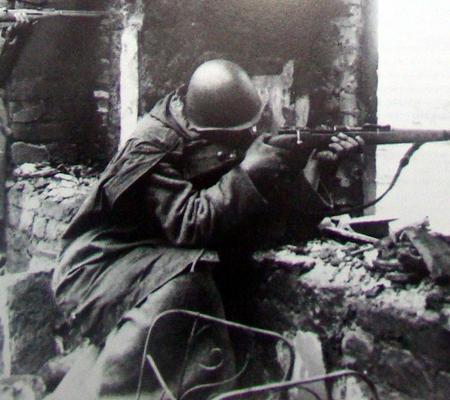Found this on reddit
http://i.imgur.com/2tZD4.jpg
http://i.imgur.com/2tZD4.jpg

What about that one?

The germans really like the SVT-40's. And the russians captured K98's.
Found this on reddit
http://i.imgur.com/2tZD4.jpg
Enter your email address to join: